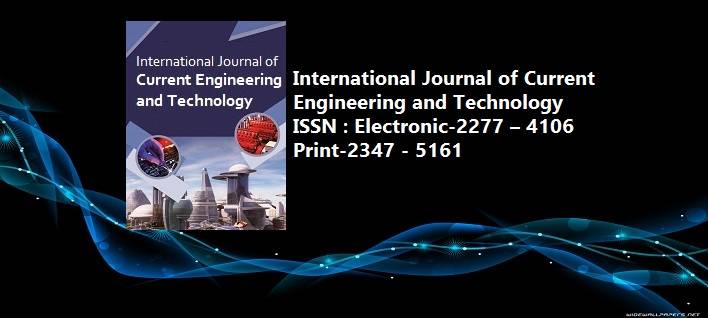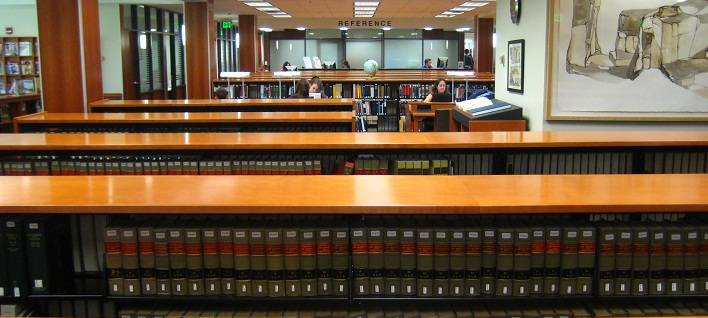Geospatial Analysis of Land use Land Cover Change Predictive Modeling at Phewa Lake Watershed of Nepal
Pages : 2617-2627
Download PDF
Abstract
Improper practices of land use/ land cover (LULC) are deteriorating watershed conditions. Remote sensing and GIS tools were used to study LULC dynamics using Cellular Automata (CA)–Markov and GEOMOD model and predict the future LULC scenario for years 2015 and 2020, in terms of magnitude and direction, based on past trend in Phewa Lake watershed, Kaski district, Nepal. The analysis of LULC pattern during 1995, 2000, 2005 and 2010 using satellite-derived maps has shown that the infrastructure and socio-economic drivers (road network & human settlement) and terrain physical drivers (DEM derived slope) have influenced the spatial pattern of the watershed LULC. These lead to an accretive linear growth of Medium to Fairly Dense Forest, Open Forest, Waste Land and Built-up Land but decrease in other LULC classes. Annual rates of increase from 1995 to 2010 in Medium to Fairly Dense Forest, Open Forest, Bush/Scrub, Waste Land and Built-up land were 9.16, 8.14, 20.66,15.27 and 27.77 ha/year respectively, while the rates decrease in Dense Forest, Terrace Agriculture, Valley Agriculture and Grass land were 39.17, 10.30, 23.32 and 3.78 ha/year respectively. The result of CA Markov showed that Dense Forest, Terrace Agriculture, Valley Agriculture, Wetland and Grass Land are predicted to decrease by 174.60 ha, 39.24 ha, 59.76 ha, 8.91 ha and 2.07 ha, while Medium to Fairly Dense Forest, Open Forest, Bush/Scrub, Waste Land and Built-up- Land are projected to increase by 50.85 ha, 28.80 ha, 45.45 ha, 50.85 ha and 115.65 ha; and GEOMOD prediction for major LULC showed that Dense Forest, Terrace Agriculture, Valley Agriculture, decreased by 175.19 ha, 39.78 ha and 60.56 ha, respectively, whereas, Medium to Fairly Dense Forest, Open Forest, Waste Land and Built-up Land increased by 52.08 ha, 29.53 ha, 50.04 ha and 116.43 ha, respectively between the years 2010 to 2015. . Similar patterns of changes of these LULC classes are predicted by both models between the years of 2010 to 2020. The predicted LULC scenario for 2015 and 2020, with reasonably good accuracy would provide useful inputs to the LULC planners for effective management of the watershed.
Keywords: GIS, sub-watershed, biophysical drivers, socio-economic drivers, Open Forest, Built-up land, GEOMOD
Article published in International Journal of Current Engineering and Technology, Vol.4,No.4 (Aug- 2014)



















 MECHPGCON, MIT College of Engineering, Pune, India
MECHPGCON, MIT College of Engineering, Pune, India AMET, MIT College of Engineering, Pune, India
AMET, MIT College of Engineering, Pune, India International Conference on Advances in Mechanical Sciences
International Conference on Advances in Mechanical Sciences  International Symposium on Engineering and Technology
International Symposium on Engineering and Technology International Conference on Women in Science and Engineering
International Conference on Women in Science and Engineering




